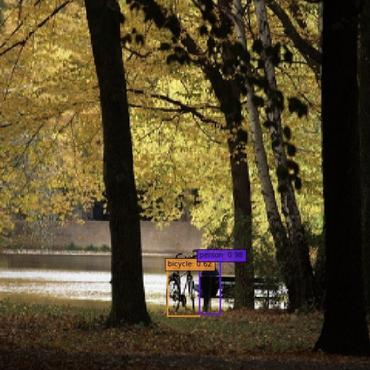YOLO-TLA: An Efficient and Lightweight Small Object Detection Model based on YOLOv5
Object detection, a crucial aspect of computer vision, has seen significant advancements in accuracy and robustness. Despite these advancements, practical applications still face notable challenges, primarily the inaccurate detection or missed detection of small objects. In this paper, we propose YOLO-TLA, an advanced object detection model building on YOLOv5. We first introduce an additional detection layer for small objects in the neck network pyramid architecture, thereby producing a feature map of a larger scale to discern finer features of small objects. Further, we integrate the C3CrossCovn module into the backbone network. This module uses sliding window feature extraction, which effectively minimizes both computational demand and the number of parameters, rendering the model more compact. Additionally, we have incorporated a global attention mechanism into the backbone network. This mechanism combines the channel information with global information to create a weighted feature map. This feature map is tailored to highlight the attributes of the object of interest, while effectively ignoring irrelevant details. In comparison to the baseline YOLOv5s model, our newly developed YOLO-TLA model has shown considerable improvements on the MS COCO validation dataset, with increases of 4.6% in mAP@0.5 and 4% in mAP@0.5:0.95, all while keeping the model size compact at 9.49M parameters. Further extending these improvements to the YOLOv5m model, the enhanced version exhibited a 1.7% and 1.9% increase in mAP@0.5 and mAP@0.5:0.95, respectively, with a total of 27.53M parameters. These results validate the YOLO-TLA model's efficient and effective performance in small object detection, achieving high accuracy with fewer parameters and computational demands.
PDF Abstract



 MS COCO
MS COCO